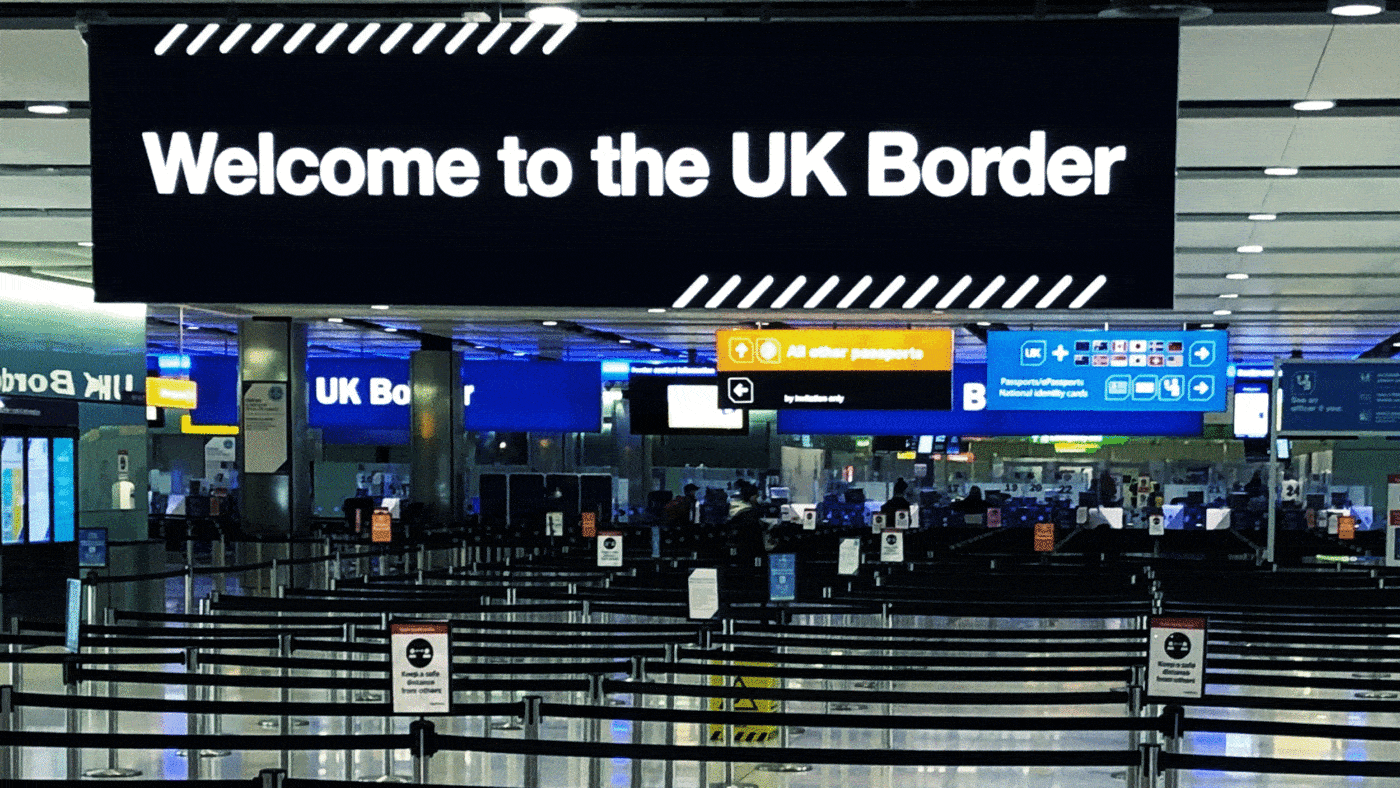Finally, a Conservative politician is pursuing an unashamedly pro-growth agenda. But while it’s refreshing that Liz Truss has set a target of 2.5% GDP expansion, if she’s to have any chance of meeting it she’ll have to tackle the underlying causes of our economic stagnation. Specifically, she’ll need to address the fundamental problem that Britain has come to rely far too much on cheap, mostly migrant labour while side-lining capital investment.
For the past two decades, the UK has been beset by a ‘productivity puzzle’ characterised by high employment but pathetically low productivity growth. This has naturally become a major area of concern for economists and policymakers. Giles Wilkes published a paper for the Institute for Government addressing this earlier this month, pointing out that weak investment has plagued Britain for decades. There is now widespread acknowledgement in Whitehall that our current trajectory is unsustainable. So how did we get here?
Almost everyone outside of government but interested in policymaking now accepts that Nimbyism is a major drag on our economy. If we want to get serious – serious about energy security, rebuilding a productive national economy, and reversing stagnation and a collapse in living standards – we must be prepared to build. I am aware that writing this on CapX is preaching to the choir, yet despite near universal acknowledgment that outdated legislation like the Town and Country Planning Act (1947) has kneecapped economic growth, it is nigh-on impossible to mobilise the electorate towards YIMBYism. Planning reform is a fraught political issue that most politicians avoid. It is unlikely that the Truss government will seek to antagonise the Tory shires, and recent comments made by the PM seem to support this.
Another issue is our failure to automate. The UK’s investment into industrial robotics is below the world average. While robotics can’t yet be classified as a ‘strategic’ industry, over the next 50 years, automating swathes of the economy will become critical to mitigating the negative impact of an aging population. Yet, the NHS has fewer MRI and CT machines per capita than any other major European economy. Sectors that have previously relied on low-skilled workers do occasionally see the value in investing in the future, with the British supermarket Ocado bucking a national trend of low investment in robotics technology. Of course, we still face the problem of how to get companies to buy into an industry that is still in its developmental stages. Embracing robotics in certain key industries would allow us to make up for under-investment that has left workers having to use less efficient equipment year on year, as the capital-labour ratio shifts.
This brings us to the central issue, which is that we have accepted a labour-intensive economic model (something that goes under-addressed in Wilkes’ paper). We’ve lived through an unprecedented 25-year period of almost entirely unrestrained immigration, which can no longer give us the small economic boost we faced pre-2008. That sugar-rush also had some serious long-term downsides, as it offered perverse incentives for businesses to put off capital investment. As economist Nicholas Oulton puts it: ‘Rapid rates of immigration in conjunction with low rates of growth of export demand in the aftermath of the Great Recession can explain the UK productivity puzzle.’ It’s little wonder, therefore, that UK business investment has remained stagnant since 1997.
Contrary to popular myths about ‘pulling up the drawbridge’, British policy remains just as amenable to mass migration as our European neighbours, even without free movement from the EU. Indeed, we gave out more than a million visas the year to June 2022 – up about 500,000 from the equivalent figure in 2019.
Ultimately, continuing to allow high levels of immigration is handicapping our economy, not boosting it. There is a strong case, both politically and economically, for a less laissez-faire approach than the one the Government has so far adopted. Firstly, because successive Tory governments have promised to bring down net migration, and failing to do so has eroded public confidence in the immigration system. Secondly, because running an economy based on importing cheap labour is simply not sustainable in the long term.
We will still need a degree of immigration to help solve short-term labour shortages in certain sectors. However, we should do so by imitating the approach used in Singapore, which offers migrant workers time-limited work permits which are contingent on them gaining and remaining in employment, and don’t allow them to bring dependents on ‘chain visas’. The UK already has a similar scheme for some sectors, like agriculture, where workers can stay for up to six months, so it wouldn’t be a radical departure in policy terms.
So, the solution to the productivity puzzle is three-fold: wean ourselves off visa-driven labour injections to allow the markets to correct naturally; build more by liberalising planning law in areas of economic interest; and target more mechanisation. If Liz Truss is as serious as she says about getting growth up, tackling all three issues should be at the top of her in-tray.
Click here to subscribe to our daily briefing – the best pieces from CapX and across the web.
CapX depends on the generosity of its readers. If you value what we do, please consider making a donation.


